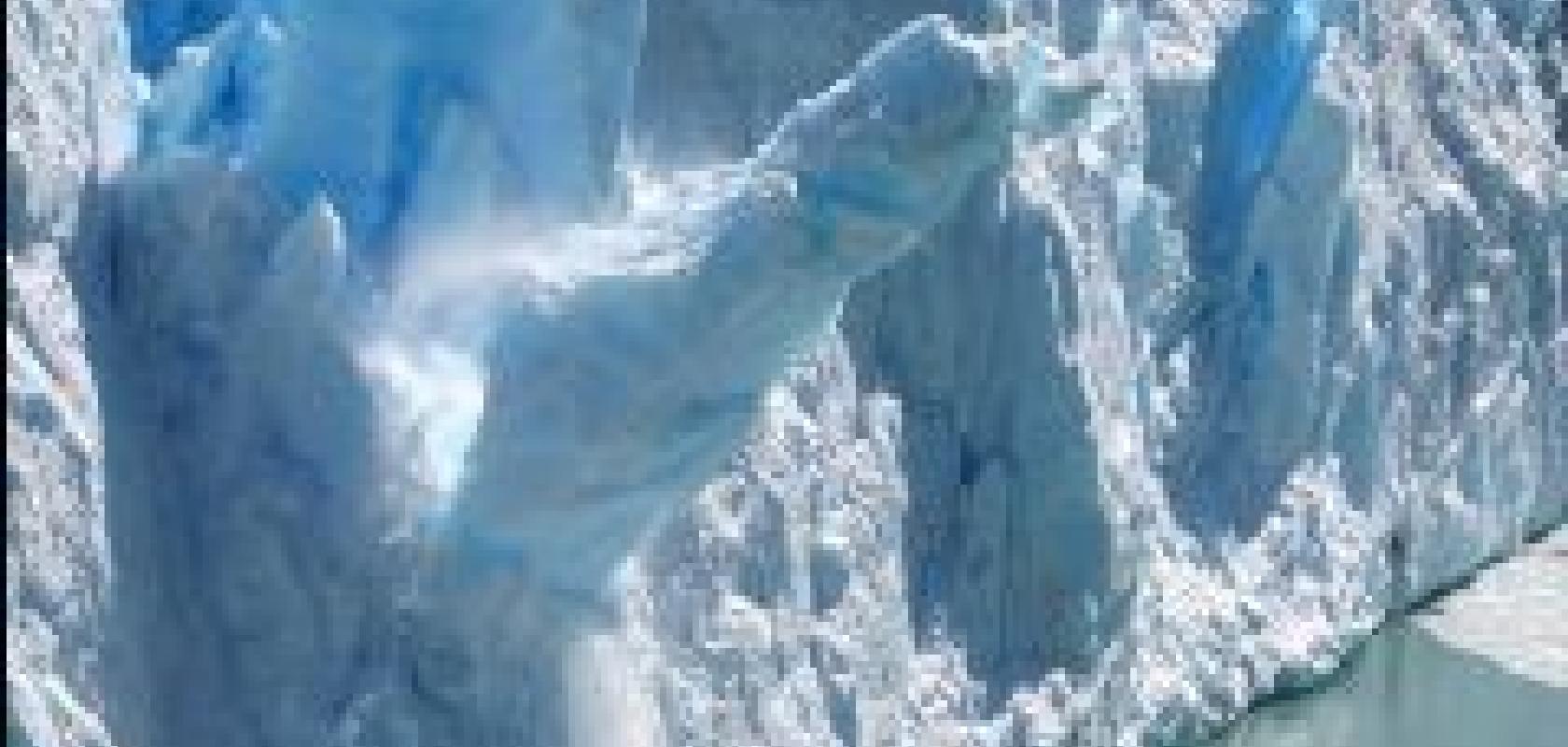The concept of radar is well known and most people are familiar with images of radar screens from films and television. The principle of using radio waves to detect distant objects has been around since the beginning of the 20th century, when Christian Hülsmeyer demonstrated the feasability of detecting a ship in dense fog. The technology has advanced over the past century, in particular having received a huge impetus during the Second World War.
Radar systems are now a proven and reliable remote sensing technique with many applications including air traffic control, shipping, missile guidance systems, meteorological applications such as monitoring weather systems, and by police for detecting speeding traffic. The acronym radar stands for Radio Detection And Ranging and works by bouncing radio waves off solid objects to give an indication of distance and speed. Analogous to radar, lidar (Light Detection And Ranging) was developed from the same basic principles, but uses light as opposed to radio waves to gather information about distant objects.
‘Lidar systems project out a laser light source and a telescopic receiver collects and processes the back-scattered light returning from an object,’ explains Robert Afzal, vice president of R&D at Lockheed Martin Aculight. Thus, lidar can be used to remotely detect an object and provide information on the distance and range of that object. Lockheed Martin’s Aculight facility, based in Bothell, Washington, US, provides laser system solutions for defence, aerospace and medical applications.
As well as large objects, it can also be used to detect molecules or chemical species, such as water vapour or CO2, and their distribution in the atmosphere. Organisations such as European Space Agency (ESA) and NASA have satellites equipped with lidar, making atmospheric measurements and building climatic models. NASA’s ICESat (Ice, Cloud, and land Elevation Satellite) uses lidar to monitor the Earth’s ice sheets, as well as providing data on cloud and aerosol heights, and land topography and vegetation characteristics.
Other applications include mapping and surveying, in which a lidar device is attached to an aircraft and used to map the terrain under the plane’s flight path. This can give an extremely detailed data set and can be used, for instance, in power line management, where data is recorded from flights over high-power electricity cables. Power companies can map the cables and surrounding environment to show where lines are sagging or where vegetation is encroaching. From this data, areas along the length of the cabling where work needs to be carried out can be identified.
‘Lidar systems are designed and optimised for the application, whether that involves attaching the device to ground vehicles, satellites, or aircrafts,’ says Afzal. ‘The systems need to be robust, compact and efficient, and a lot of the advances being made in lidar technology have been driven by advances in laser technology. The laser is the component that consumes the most power and drives the weight of the device, as well as adding further complications to the design if it requires cooling.’
Afzal continues that the advent of fibre lasers has allowed lidar systems to penetrate more applications as the laser is contained in the fibre. This has lead to more efficient, compact and robust devices that can easily be attached to vehicles or aircraft.
‘It is also easier to produce eye-safe wavelengths (around 1.5μm) with fibre lasers, which allows lidar to be taken out of the controlled environment of the laboratory and implemented in real-life applications,’ notes Afzal. It would not be possible to use lidar for short range applications among people, such as surveying, if the wavelengths used were not eye-safe.
Detector technology and the computing power required to store and process data in real-time have also both advanced and have contributed to the development of lidar technology. Pulsed lasers are often used, as time-of-flight data can be recorded – the time taken for a light pulse to return from an object being directly proportional to distance. ‘As it is a time resolved measurement, a high speed detector is required,’ states Craige Palmer, assistant sales manger in the Components Division at Hamamatsu Photonics. Palmer says the speed of the detector depends upon operating distance. For a distance of 100m, detector speed should be in the order of a few hundred nanoseconds.
‘Operating wavelength should also be considered,’ notes Palmer, to avoid atmospheric absorption, for example. In general, operation wavelength is in the near infrared, which matches well with the extended wavelength silicon photodiodes and avalanche photodiodes (APDs) available. ‘APDs are ideal for this application due to their built in gain (100s) and high speed response (picoseconds),’ he says. Photomultiplier tubes are also used due to their gain level of around one million.
Dr Bernhard Stein, a co-founder of Berlin-based company Licel, which provides lidar components and optical detectors, among other products, believes: ‘One of the greatest challenges for lidar is being able to measure both high intensity signals and low intensity signals with the same degree of accuracy.’ The intensity of the signal will vary according to altitude, with a weakening signal returning to the detector as altitude increases. ‘It is common to observe a dynamic range of five or more orders of magnitude in a single lidar profile.
‘The data retrieval techniques used to determine atmospheric parameters are especially sensitive to any nonlinearity in the lidar profile,’ says Stein. For instance, aerosol lidars use a clean air profile as a reference, which must be measured with high precision over the complete altitude range. In DIAL (Differential Absorption lidar) applications, where mass emissions of various molecules in the atmosphere are mapped, the signals of absorbed and non-absorbed wavelength are divided by each other, with signal linearity key to retrieving valid concentration profiles.
Licel, whose products are distributed in the UK by Photonic Solutions, has developed the concept of combining analogue detection and single photon counting to increase the dynamic range covered by photomultiplier signals.
‘While the strong signal in the low altitude range is measured using an analogue current measurement, the weak signal from the high altitude range is captured using single photon counting,’ says Stein. ‘With each acquisition mode covering three orders of magnitude, and an overlap region of up to one order of magnitude, a total linear dynamic range of five orders of magnitude can be covered.’
Wind speed
Meteorological measurements are also a common application of lidar. SgurrEnergy is an independent, engineering consultancy company specialising in renewable energy, which uses lidar technology to make wind speed measurements on proposed wind farm sites.
Dr Peter Clive, technical development consultant at SgurrEnergy, explains: ‘Wind speed measurements can be made with lidar devices by monitoring the scattering of light from aerosols, such as water droplets or dust particles in the atmosphere, and measuring the changes in frequency, or Doppler shift, of back-scattered light from these particles carried by the wind.’
Clive notes that proposed wind farm sites require a prediction of the expected energy yield in order to assess their viability and provide a basis for financing the project. This entails measuring wind speeds at the site over a short period – at least a year to ensure seasonal balance – and relating these to a nearby reference site for which long term data is available. Additional data on wind flow characteristics, such as wind sheer (changes in wind velocity with height) and turbulence, are gathered to indicate which wind turbine models are most suitable.
Conventionally, wind data is acquired using cup anemometers mounted to temporary meteorological masts. These masts are limited in that modern wind turbine rotors extend to heights greater than can be reached economically using temporary meteorological masts.
‘Lidars allow the acquisition of data across the entire range of heights at which wind turbines operate. In addition they can be deployed to proposed wind turbine locations to make direct measurements where previously only model approximations initiated with mast data would have been available,’ says Clive.
The discrimination of height at which the wind speed is being measured is crucial for determining wind shear. With a continuous wave laser source this is achieved by setting the focus of the detector’s optics to the desired distance. However, variations in the strength of back-scatter from other heights, such as from low-lying clouds or from fog or mist, can contaminate the signal leading to ambiguous results. Cloud correction algorithms account for these variations.
‘Pulsed lasers avoid this problem altogether, as the height of back-scattered light can be determined from the time taken for the light to reach the detector – the time-of-flight of the pulse,’ notes Clive. ‘Pulsed devices have the additional advantage of being able to acquire data at multiple distances simultaneously, allowing instantaneous profiles of prevailing conditions. ‘Possibly the most pressing issue in relation to the adoption of lidar by the wind power industry is the need to understand the performance of these devices in complex and often forested terrain,’ Clive states.
A lidar device emitting a single laser beam will acquire a measurement of the component of wind velocity in the direct line of sight from the device. To obtain an accurate representation of wind speed, multiple measurements are made in several directions diverging out from the device. This gives a value that characterises a volume in space rather than collecting data at a fixed point, as is the case with conventional mast-mounted cup anemometry.
‘One way of obtaining wind speed measurements is to scan the beam at a fixed angle around the vertical to gain measurements around the diameter of an inverted cone, a so-called VAD (Velocity Azimuth Display) scan geometry,’ explain Clive. ‘This, however, doesn’t take into consideration changes in wind speed within the cone and aspects such as topography or forested terrain can affect wind velocity within that space.’
SgurrEnergy’s Galion lidar system employs all-sky scanning capability, whereby both the rotation around the vertical, as in VAD scans, and the elevation, i.e. the height of the beam direction above the horizon, can be varied. ‘This additional degree of freedom allows alternative scan geometries to be achieved, which are much less susceptible to bias in complex terrain, and, ultimately, any point in the sky can be investigated if more than one Galion system is set up so the beams converge on the point of interest,’ says Clive.
So will lidar gradually supplant radar? Lockheed Martin Aculight’s Afzal thinks not: ‘Lidar acts as a complementary technology to radar rather than a competing one. Both have their advantages. Radar is an all-weather technology, but due to the properties of radio waves is less precise than lidar, which uses much shorter wavelengths. That said, in applications such as flight control at airports, the precision that radar gives is more than adequate to monitor flight positions of aircraft.
‘Lidar is a much more precise technology, but is not considered all-weather due to the varying levels of back-scattering depending on the weather conditions,’ Afzal says. Clouds or mist and fog will scatter more light than would be scattered on a clear day. However, as detailed earlier, the scattering properties can, in itself, be advantageous for applications such as measuring wind speed.


